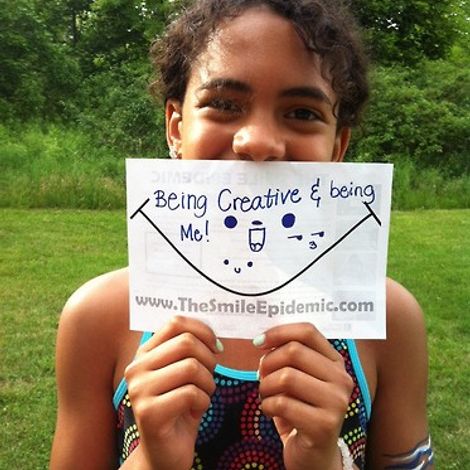The Smile Epidemic





The Smile Epidemic is a very simple concept with very complex scientific support. We have learned that the mind has a limited number of resources, attention is limited. The subconscious mind is trained through adaptive processes to scan the world for different, threatening or negative items; this process was intended to be a protective measure to assist us in the wild.
Recent research is demonstrating that what we focus our attention on has an incredible impact on our moods and is a habit forming process. Result: if we learn to scan the world for negative things, then that is what we see first and because attention is a limited resource, we will often miss the more positive aspects of our environment. Separate scientific findings have shown that our memories are interconnected in a system of Nodes interconnected by all of our senses and emotions. The more recent, and the more interconnected a memory is, the more easily it is accessible and the closer it is to our attention, the more likely we will integrate it into our daily engagement with the world. Example, think of the last time you went to buy a car, you started to attend to the details of that vehicle, you built new sensory connections to its node and attached emotional responses to it as well. All of a sudden it seemed like everyone in town or on the highway was driving that car!
The Smile epidemic is a simple, fun, quirky little social project that draws our attention to the present moment and helps us to scan the world for smile catalysts. The theory is that if we get present, pay attention to what is making us happy, lay down some emotion, and engage with that person, place or thing in unique ways, it will be elevated to a higher level of our conscious and subconscious mind. This reinforcement tells our brain to look for the things that make us smile, and limits the available resources for what doesn't make us happy.
Simple concept. Wonderful goal. Complex scientific support.